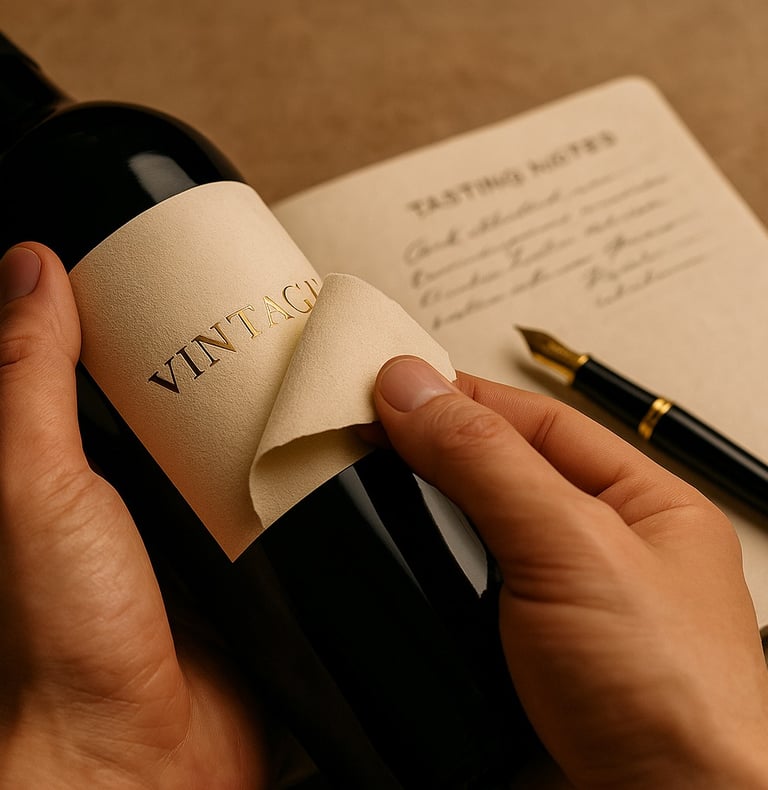
Beyond the Label
The Language of Luxury in the World of Wine
8/7/2025


Introduction: What Communicates Before Words
In the world of luxury, everything communicates before anything is said. And in the universe of wine—where the product is often sealed, hidden, reserved for a special moment—non-verbal language becomes the first great tool of positioning.
A fine wine brand doesn’t begin to speak when the glass is poured. It begins long before: in the texture of a paper, the colour tone, the cadence of its discourse, the host’s gestures, the sobriety of its public presence.
Luxury doesn’t need to shout. Fine wine, even less.
The Silent Language of Luxury: Codes That Build Prestige
In truly refined brands, visual, verbal and spatial language merge into a singular narrative. The label is not the centre—it’s an entryway into an aesthetic and symbolic universe.
The premium client does not want everything explained: they want suggestions, delivered with precision.
Concrete examples:
Domaine Leflaive (Burgundy): total visual sobriety. No unnecessary adornment. The story speaks through reputation, not design.
Casa Dragones (Mexico): typography, proportion, white, visual silence. Luxury is touched with the eyes before being sensed.
Louis Roederer – Cristal: perfect balance between restrained opulence and ritual aesthetics. Nothing is superfluous.
These codes create what Pierre Bourdieu called “distinction”: not through exclusion, but through symbolic mastery.
Speaking Without Overexplaining: The Art of Suggestion
The new luxury values the consumer’s emotional intelligence. It doesn’t speak as if trying to convince, but rather as a peer, sharing a sensitivity.
That’s why tone matters as much as message:
A luxury brand doesn’t justify itself.
It doesn’t argue its price.
It doesn’t explain its story.
It expresses it clearly—without anxiety.
What matters isn’t the number of words, but the precision of the language: “This is for you—if you understand it.”
Materiality, Voice, Hospitality: Everything Is Discourse
In fine wine, every touchpoint is an act of communication. And while many wineries still believe that a nice design or a “family” story is enough, truly memorable brands work consciously and rigorously across every level of language.
Materiality: the paper, the cork, the bottle’s weight, the texture of the brochure.
Voice: the tone of the texts, how the brand speaks on social media, the rhythm of a visit.
Hospitality: every gesture from the team, every word, every silence. The experience is not only physical—it’s emotional and narrative.
Let’s remember that modern luxury is a system of signals. And every brand sends signals—even when it doesn’t know it.
Common Mistakes: When the Discourse Contradicts Itself
Nothing destroys the perception of luxury faster than the incoherence between what’s said and what’s done.
Frequent errors:
Using sophisticated language with poor materials.
Talking about sustainability while using aggressive packaging.
Telling a story of “origin” while acting like a mass-market brand.
Overloading the label with medals, logos and superlatives without a unique narrative.
The premium customer detects the effort. And if it feels forced, desire is switched off.
Conclusion: The Language of Luxury Is a System of Coherence
Beyond the label, fine wine communicates in nuances, atmospheres, and small gestures. And what separates a remembered brand from a revered one is not what it says out loud—but the harmony with which its entire ecosystem expresses its essence.
🍷 Because in the world of luxury, speaking less doesn’t mean saying less. It means saying it better.

